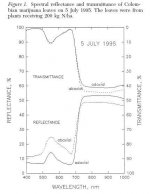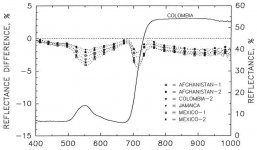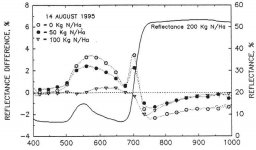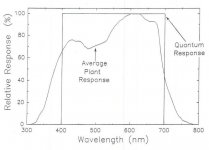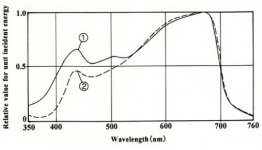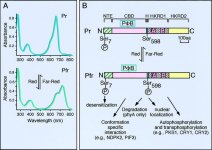MrNebulized
Member
Now we are getting to the true experimenters. I see that this thread is getting interesting, arguing the value of certain light is a good question. Cannabis is a weed, it grows anywhere in the world under nearly any circumstances. It would not surprise me to find that there are certain strains that love UV lighting while others can't stand it, some may love far red and some just red.
It is a pretty interesting concept that we may all be on different pages anyways. If cannabis is different on every continent(and it is) I would assume that they evolved to their surroundings. My quest for the nearly perfect LED(as I think each strain will love things differently) isn't over but I would definitely like to continue. My car broke and now I can't get started on the LED like I had initially hoped.
It is a pretty interesting concept that we may all be on different pages anyways. If cannabis is different on every continent(and it is) I would assume that they evolved to their surroundings. My quest for the nearly perfect LED(as I think each strain will love things differently) isn't over but I would definitely like to continue. My car broke and now I can't get started on the LED like I had initially hoped.

